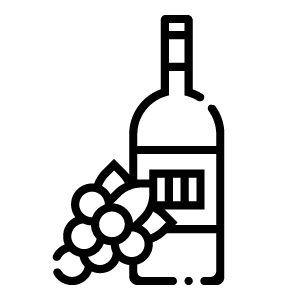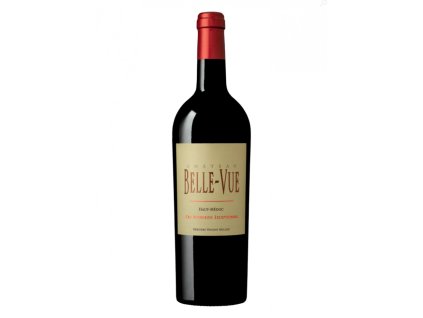Chateau Lanessan 2022 Haut Medoc
Code: VI93758



Related products
Product detailed description
Château Lanessan 2022 embodies the power and juiciness of a warm vintage with an emphasis on ripe, dark fruit and a velvety texture. The structure is focused, the tannins are gently matured and the acidity keeps the wine in suspense. The blend is based on Cabernet Sauvignon (70%), complemented by Merlot (25%) and Petit Verdot (5%), which brings notes of blackcurrant, blackberry, fine liquorice and cedar; the overall expression is layered and with the potential for medium-long aging.
In the mouth, the wine is fuller, round and balanced, with a longer, slightly spicy finish - great with grilled beef, lamb chops or mature cheeses. Serve at 16-18 °C; young vintages of the wine will appreciate 45-60 minutes of decanting for full development.
Additional parameters
| Category: | Chateau Lanessan |
|---|---|
| Wine color: | red |
| Country: | France |
| Region: | Bordeaux |
| Winery: | Chateau Lanessan |
| Grape variety: | 70 % Cabernet Sauvignon, 25 % Merlot, 5 % Petit Verdot |
| Classification: | Cru bourgeois |
| Vintage: | 2022 |
| Alcohol (in %): | 14 |
| Volume (in l): | 0,75 |
| Obsah cukru: | suché |
Château Lanessan
The history of Château Lanessan is remarkable—it has been owned by just two families since 1310. Until 1793, it was owned by the descendants of Henry de Lanessan, after which it was purchased by Bordeaux wine merchant Jean Delbos. At that time, the vineyard covered 24 hectares compared to today's 80 hectares.
Lanessan has always had an excellent reputation and was ranked among the fourth growths in 1814. Unfortunately for this château, in 1855, the then-owner Louis Delbos refused to submit samples for the Paris exhibition, excluding Lanessan from the future Grand Cru Classé classification, where it would have otherwise been included.
The vines for the wine labeled Château Lanessan ripen on 45 hectares of this area. The vineyards are located on a single contiguous parcel in the Haut-Médoc appellation, adjacent to the St. Julien appellation.
Since 1999, a second wine, Les Calèches de Lanessan, has been produced. In 2004, grape sorting was improved with its own two-stage system. In 2010, further progress was made in vineyard work thanks to soil analysis, and progressive methods were introduced in the cellar for vinification and wine aging.






